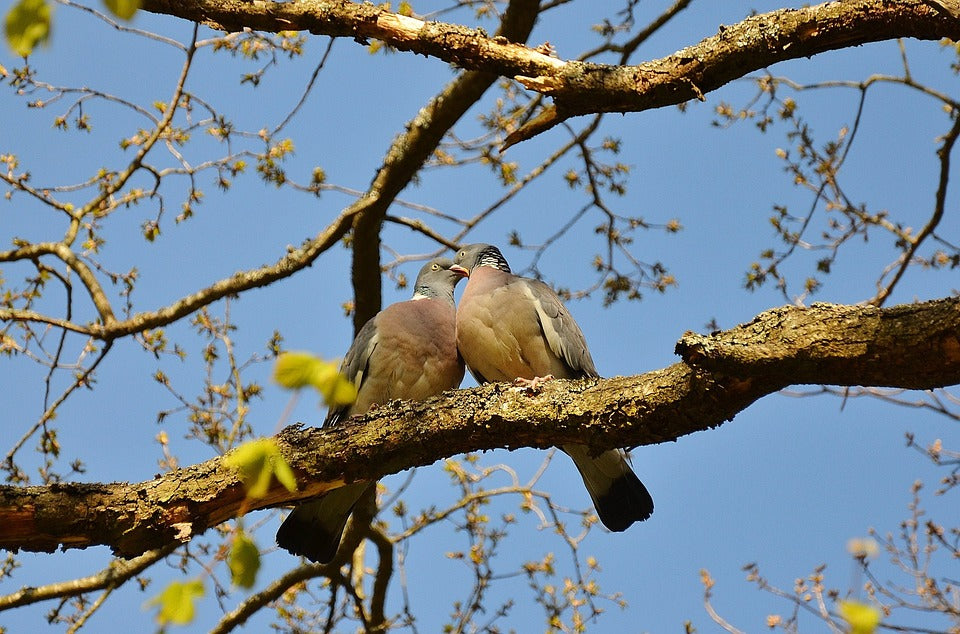Offer
Provide additional details about the offer you're running.
Provide additional details about the offer you're running.
Provide additional details about the offer you're running.

With the somewhat unseasonably warm weather upon us this month, there have already been a handful of reports denoting the return of some of our favourite spring and summer birds. As they return to their breeding range for the summer months and nesting season officially gets underway, we will be treated not only to their peaceful songs but visually to the signs of courtship.
With the males sporting their stunning spring plumage, they will begin the courting ritual in hopes of attracting a mate this spring and while some species seem to use one method more exclusively than another, many species will combine a variety of different methods to find their match this spring.
Contact or Preening
The stereotypical image of lovebirds in close contact is one that no doubt comes to mind when thinking of the spring. Many times certain species will show their affection to one another or a potential mate during the spring season. This can be as slight as sitting close together or engaging in the act of preening, or grooming of the feathers.
Songs
Listen up and you will hear a variety of beautiful songs used to attract a mate during the spring. The song of a mature bird can actually be deciphered from their intricate notes but can also warm off the competition of competing birds as well.
Physical Characteristics and Displays
Displaying a full and colourful plumage indicates the health and strength of a bird. Larger species such as turkeys and peacocks are known for flashing their brilliant fans of tail feathers as a display of dominance as well. A variety of movements are also used by birds in the courtship ritual such as wing flaps and head dips or strutting, where these birds will quite literally, strut their stuff for female on-lookers.
Nest Building
In certain species of birds, the males will pre-emptively construct a nest in an attempt at impressing females with their nest-building skills. Often times these nests will be decorated with flowers and other litter to make it more appealing, but they will also use a pre-constructed nest as a way to demonstrate their ability for claiming and protecting territory.
Adding nesting boxes for all of the cavity nesters is a great way to support our birds and to observe their parenting instincts and courtship rituals. The purple martin, for example, is solely dependent on humans for nesting sites.
Here at The Gilligallou bird part of our work includes helping you create ideal bird habitat. We have small boxes for wrens all the way up to larger boxes built for wood ducks, owls and or Kestrels. Stop by today , and let us help you create the yard of your dreams.
High Quality Blend